24 F. maximum temperature Saturday at KMSP.
31 F. average high on February 21.
16 F. high on February 21, 2014.
1" snow on the ground in the Twin Cities.
24" snow on the ground February 21, 2014.
February 21, 1922:
Blizzard, ice and thunderstorms across Minnesota. Winds hit 50 mph in
Duluth while thunderstorms were reported in the Twin Cities. Heavy ice
over southeast Minnesota with 2 inches of ice on wires near Winona. Over
two inches of precipitation fell. This was also one of the largest ice
storms ever in Wisconsin history with ice four inches in diameter on
telegraph wires. One foot of ice covered wire weighed 11 pounds. One
killed and four injured in Wisconsin.
Brittle Sunlight
Welcome
to Saskatoon! Plug in your car (or your horse), scrape the ice off your
contacts and keep an eye out for grizzlies on Doppler! Since when did
aerobic shivering become an Olympic sport? Oh well. This too shall pass.
The
only thing I can guarantee is sunrise and sunset. The good news, if
you're counting the days until spring: nearly 2 hours of additional
daylight since December 21. Sustained subzero air in late February and
early March is unusual but not unprecedented. This is nature's way of
evening up the score after a relatively mild December and January.
There's
new scientific research linking a wavier jet stream, upper level winds
prone to becoming "stuck" for weeks at a time, to rapid warming of the
Arctic. Whatever the cause I'm amazed by the persistence of the pattern
we're in, one that favors more cold, dry weather.
Today will be
good for allergy sufferers, bad for gardening. The sun will shine, but a
numbing breeze will make it feel like 25 below. A thaw is likely
Tuesday, but a cold bias continues - another subzero swipe possible the
middle of next week. Spring is NOT just around the corner.
Heartwarming news: meteorological winter, the 90 coldest days of the year, ends in 1 week.
Purple Crush.
Canada is once again exporting a rude blast of thumb-numbing air south
of the border. We'll get even with hot, steamy, sweaty "American Air" in
a few months, just to even up the score. Unless you're lapsing into a
coma you can clearly see the pulses of subzero air pushing south,
sailing directly over Minnesota today; another shot approaching by
Wednesday. NOAA model data:
Ham Weather.
Mild Bias Worldwide.
That probably won't come as much of a shock, but the pockets of
persistent cold continue to show up from central Canada into the Upper
Midwest, Great Lakes and much of the East Coast. Meanwhile temperatures
in the Arctic are averaging 2.64C, about 4F, warmer than normal for
February 21. Global temperature anomalies:
Climate Reanalyzer, University of Maine.
No Sign Of Mild Close To Home.
NOAA has issued a Wind Chill Advisory for much of Minnesota and
Wisconsin, including the Twin Cities. Wind Chill Warnings are posted
north and west of a line from Duluth to St. Cloud and Willmar for even
more dangerous chill factors, reaching -30 to -35F at times.
No Rest For The Weary.
Ham Weather's Aeris model guidance shows subzero temperatures from the
Dakotas and Minnesota into Wisconsin and much of the Great Lakes
Thursday morning at 7 AM as another surge of nippy air sails south;
probably not record-setting, and not as cold or persistent as last
winter.
Super-Sized February.
For many people February is the hardest month; spring is now within
sight, but winter relapses are still the norm. We wake up to subzero
this morning; today's "high" blipping just above zero by mid afternoon.
After waking up to -7F the mercury pushes into the 20s Monday and 30s
Tuesday before the next push of Canadian air. Monday appears to be the
windiest day of the week with gusts well over 30 mph. And no, I still
don't see a "storm". Graphic: Weatherspark.
Weird Winter Weather Plot Thickens As Arctic Swiftly Warms.
For a few years now I've been describing what I perceive as changes in
the configuration of the jet stream over North America. At first I
thought I was hallucinating, but recent research seems to suggest that
rapid warming of the Arctic may, in fact, be impacting the shape and
persistence of upper level steering winds. Here's an excerpt of a post
at The Conversation and
Scientific American: "...
Other studies suggest
that Arctic warming in summer leads to a split jet stream—or two
separated rivers of wind—which tends to trap the waves. Those stationary
waves cause weather conditions to remain “stuck” for long periods,
increasing the likelihood of extreme heat waves, droughts and flooding
events in Eurasia and North America. Our own new work, published last
month in Environmental Research Letters, uses a variety of new metrics
to show that the jet stream is becoming wavier and that rapid Arctic
warming is playing a role. If these results are confirmed, then we’ll
see our weather patterns become more persistent..." (Image credit: NOAA).
Evidence For A Wavier Jet Stream. A summary of Jennifer Francis's latest research is
here.
Meteorology Professor Explains Extreme Weather Pattern. Speaking of a "stuck" jet stream,
WGRZ.com
in Buffalo has a story explaining how another unusually persistent jet
stream configuration is resulting in either record warmth + drought, or
mega-blizzards and polar cold; here's an excerpt: "...
Professor
Stephen Vermette coordinates the Meteorology and Climatology Program at
SUNY Buffalo State. He says we can blame these extreme weather patterns
on the jet stream. "It's been stuck in place and that's week after week
after week, especially February we've been getting some very cold
temperatures while places like Montana and Idaho and California, even
Alaska, are getting much warmer temperatures," he says. Vermette says
more than four-thousand warm temperature records have been set out west
just this month alone. But on our side of the map, there have been about
250 cold temperature records set..."
Ironic Captions Encouraged. Thanks to
Steve Breen at U-T San Diego for summarizing another all-or-nothing weather proposition.
Second Warmest January On Record, Worldwide. NOAA NCDC has an
interesting PDF with highlights of January, and the winter, to date. Only January 2007 was warmer than last month.
A Tale of Extremes.
California has been experiencing record warmth, while Boston is digging
out from a near-record winter of snow, a parade of coastal storms since
late January. I still suspect Minnesota's winter will be close to
average overall, colder than average weather in November and February
compensating for milder than normal weather in December and January.
2015 Picks Up Where 2014 Record Heat Left Off. Here's a snippet from a post at
Climate Central: "...
All three agencies ranked 2014 as the warmest year
on record by a slim margin, driven by the accumulation of heat-trapping
greenhouse gases in the atmosphere. Nine of the 10 hottest years on
record have all occurred in the 21st century, with the exception of the
blockbuster El Nino year of 1998. There hasn’t been a record cold year set since 1911, while during the same period there have been 19 record-warm years, according to a Climate Central analysis..."
Tornado In A Bottle.
How many fans does it take to create a miniature tornado in a
laboratory? Fewer than you might think, according to an interesting
story and video at
Slate; here's a clip: "...
We can create a 5-meter-wide tornado inside the chamber.
A tornado is a combination of rotation and suction. By angling the
airflow from the fans around the lower chamber, we control the rotation
of a tornado vortex, and we create the suction by running the six huge
fans in reverse. The beauty of our tornado is that we can move it along
the ground at 2 meters per second..."
Rocket Flown Through Northern Lights To Help Unlock Space Weather Mysteries.
Gizmag has the story; here's the introduction: "
The
northern lights are more than one of nature's most awe inspiring
sights, they are an electromagnetic phenomena that can adversely affect
power grids and communications and navigation systems. Researchers from
the University of Oslo have flown a rocket through the phenomena to take
a closer look with the aim of gathering data that will help in
predicting space weather..."
Image credit above: "
Artist's depiction of the ICI-4 rocket which launched today." (Image: Trond Abrahamsen, Andøya Space Center).
Apple Wants To Start Producing Cars As Soon As 2020.
Will they buy Tesla to jump-start their development efforts? It's no
longer about digital devices, soon it will be a digital lifestyle,
including new transportation options. Here's a clip from a story at
Bloomberg Business: "...
Tesla’s
success in creating a startup car company has shown that the
traditional barriers of entry into the auto industry aren’t as difficult
to overcome as originally thought, said one person, who asked not to be
identified because the matter is private. At the same time, automakers
have struggled to bring technical leaps to car development, something
that Silicon Valley is also seeking to accomplish. For example, Google
Inc. has invested in developing an autonomous vehicle since 2010..." (Image courtesy of
iJailbreak).
7 Cities That Are Starting To Go Car-Free. I found this story at
fastcoexist.com fascinating - wondering if the trend will come to the Twin Cities; here's an excerpt: "...
Traffic in London today moves slower than an average cyclist (or a horse-drawn carriage). Commuters in L.A. spend 90 hours a year stuck in traffic. A U.K. study found that drivers spend 106 days
of their lives looking for parking spots. Now a growing number of
cities are getting rid of cars in certain neighborhoods through fines,
better design, new apps, and, in the case of Milan, even paying
commuters to leave their car parked at home and take the train instead..." (If anyone spots the woman in the convertible above please call 911 immediately).
TODAY: Arctic therapy. Sunny, feels like -25. Winds: NW 10-15. High: 3 (subzero most of the daylight hours).
SUNDAY NIGHT: Clear, still brisk but winds subside a bit. Low: -11
MONDAY: Clouds increase, not as cold. High: 24
TUESDAY: Cloudy, relatively mild with a fleeting thaw. Wake-up: 22. High: 34
WEDNESDAY: Blue sky, cooling down again. Wake-up: 6. High: 16
THURSDAY: Sunny, less wind. Wake-up: -1. High: 13
FRIDAY: Chilly, storms stay south of MN. Wake-up: 0. High: 19
SATURDAY: Clouds increase, still quiet. Wake-up: 7. High: 24
Climate Stories....
Deeper Ties To Corporate Cash For A Doubtful Climate Scientist. Except
that he's not a climate scientist; he's an aerospace engineer. His
papers over the years have cast doubt on man-made warming; linking any
changes in temperature to the sun. And you'll never believe who is major
funders are.
The New York Times has the story; here's an excerpt: "...
Historians
and sociologists of science say that since the tobacco wars of the
1960s, corporations trying to block legislation that hurts their
interests have employed a strategy of creating the appearance of
scientific doubt, usually with the help of ostensibly independent
researchers who accept industry funding. Fossil-fuel interests have
followed this approach for years, but the mechanics of their activities
remained largely hidden..."
Senator Edward Markey To Investigate Energy Companies on Climate Science Funding. Here's a clip from
The Boston Globe: "...
The
Massachusetts Democrat will send letters to fossil fuel companies,
trade organizations, and others with a stake in carbon fuels, aiming to
reveal other climate-change-skeptical scientists whose work has been
subsidized by those parties, a Markey spokesman said via e-mail. “For
years, fossil fuel interests and front groups have attacked climate
scientists and legislation to cut carbon pollution using junk science
and debunked arguments,” Markey said in a statement. “The American
public deserve an honest debate that isn’t polluted by the best junk
science fossil fuel interests can buy. That’s why I will be launching
this investigation to see how widespread this denial-for-hire scheme
stretches within the anti-climate action cabal...”
Globola. If
it had a scarier name than climate change would we still be sitting on
our hands and "debating" the science? Maybe not. Who knows. But Jen
Sorensen nails it in
this comic.
6 in 10 Americans Have Given Climate Change and Health "No Thought". Here's the intro to a story at
weather.com: "Has climate change affected your area? You might not think it, but the answer is yes. "
Every
American, whether they know it or not, has been affected by climate
change," Edward Maibach, the director of George Mason University's
Center for Climate Change Communication, told weather.com. One of the
most prominent ways it is already impacting the U.S. is through health.
But most Americans have no concept of the complex intersection between
their health and the environment, a report, "Public Perceptions of the Health Consequences of Global Warming," published in October 2014, indicated..."

What If We Lost The Sky?
If it ever gets to the point where we need to take drastic action, ie
"geoengineering", or pumping chemicals into the stratosphere to try and
cool the Earth, other things may be lost, things we tend to take for
granted, like blue sky and starry nights. Here's a clip from an Op-Ed at
The New York Times: "...
If
we lose the night sky, he said, “we lose something precious and
sacred.” He believes whitening the daytime sky might result in “that
same loss of the sense of what’s vast,” a sense his team’s research
suggests is “one of the most important things that people build into
their lives...”
Fight Climate Change, Make Money. So says Virgin founder Richard Branson in an Op-Ed at
CNN; here's a clip: "...
Codifying
this goal into the international agreement that's taking shape would
send the strongest possible market signal that there's money to be made
in taking climate change seriously. A net zero position allows business
leaders to take short-term action and make long-term plans to develop
profitable ways to be competitive, even as they limit emissions,
increase efficiency and find strategies to offset the remaining
emissions that can't be avoided..."
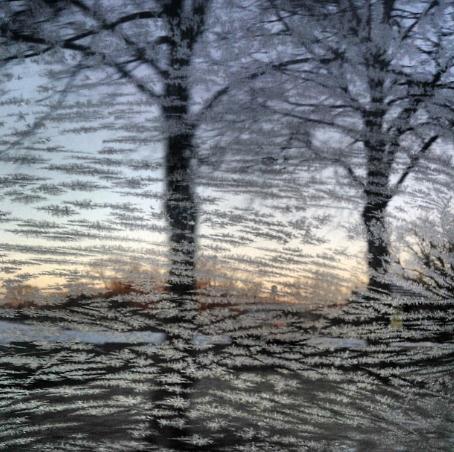
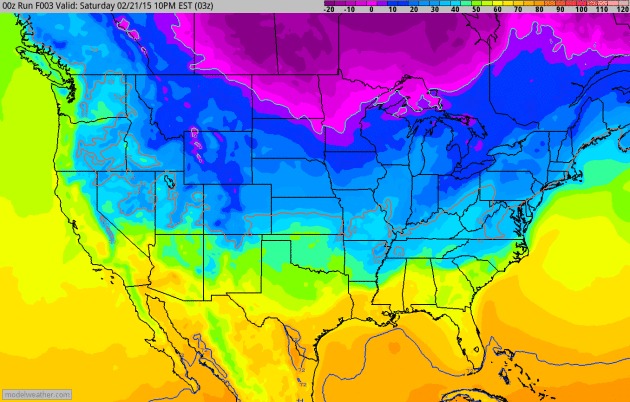
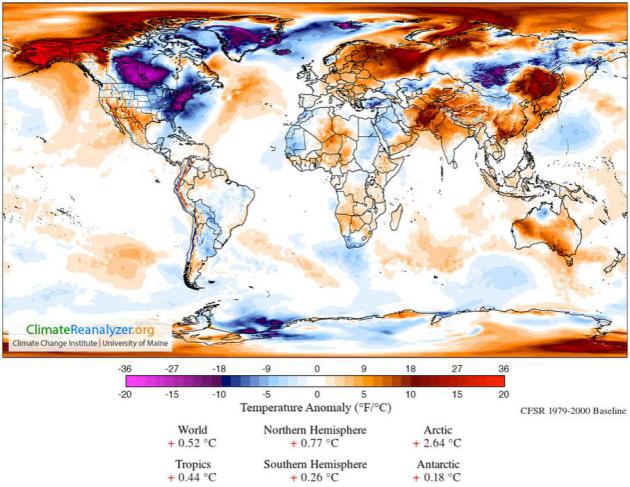



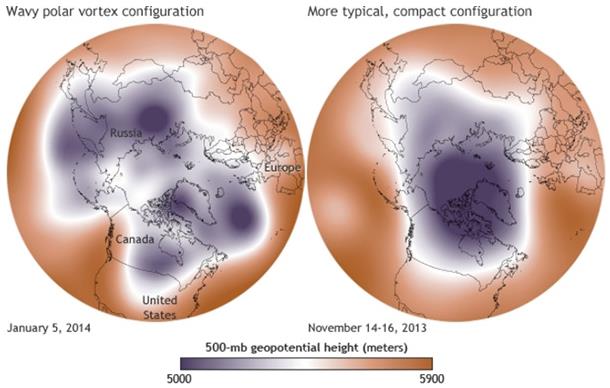
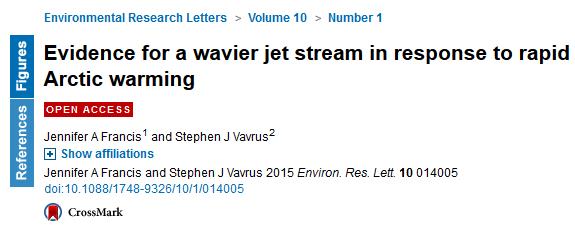




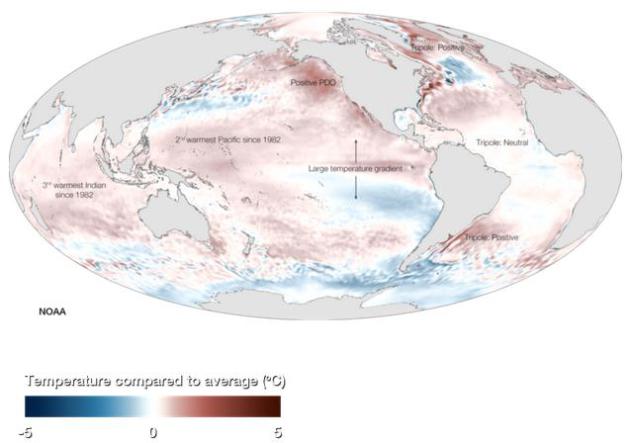
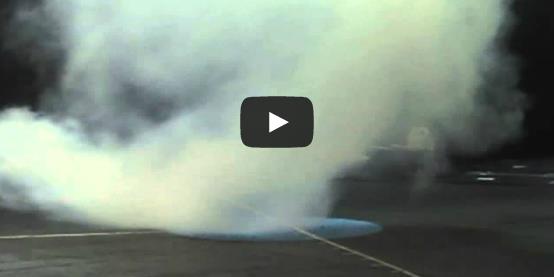
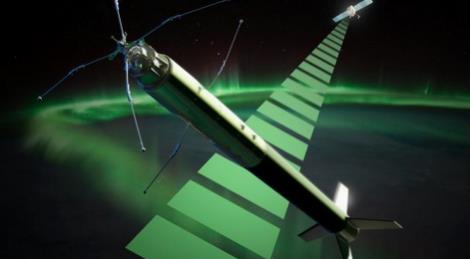

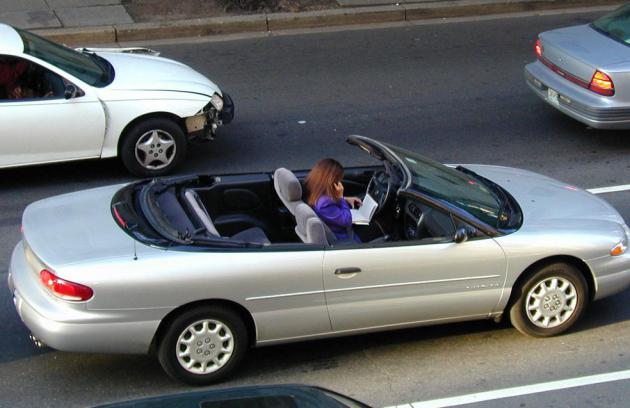

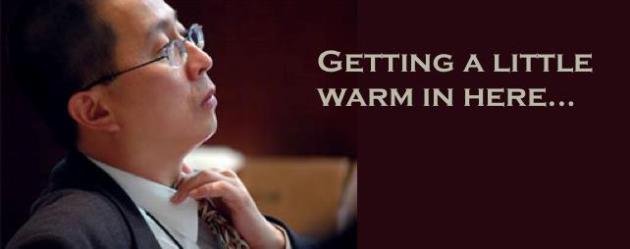

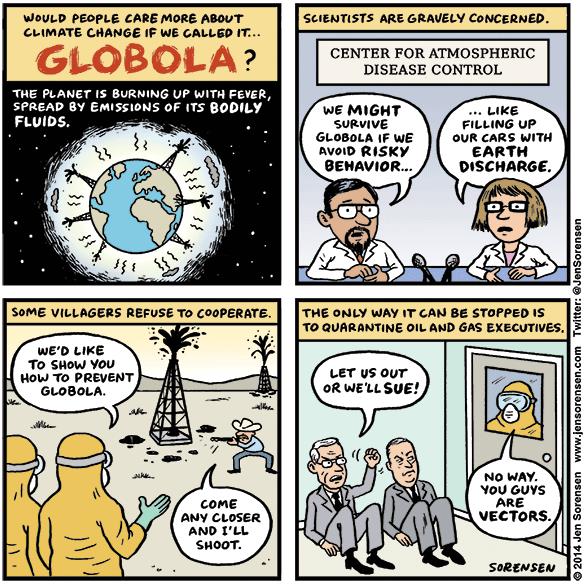

.jpg)

No comments:
Post a Comment